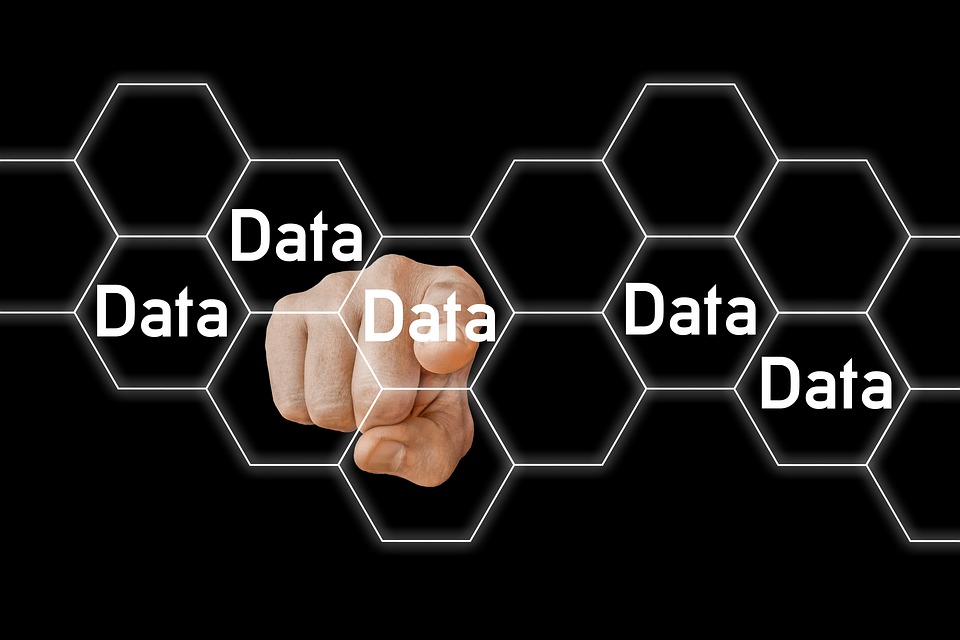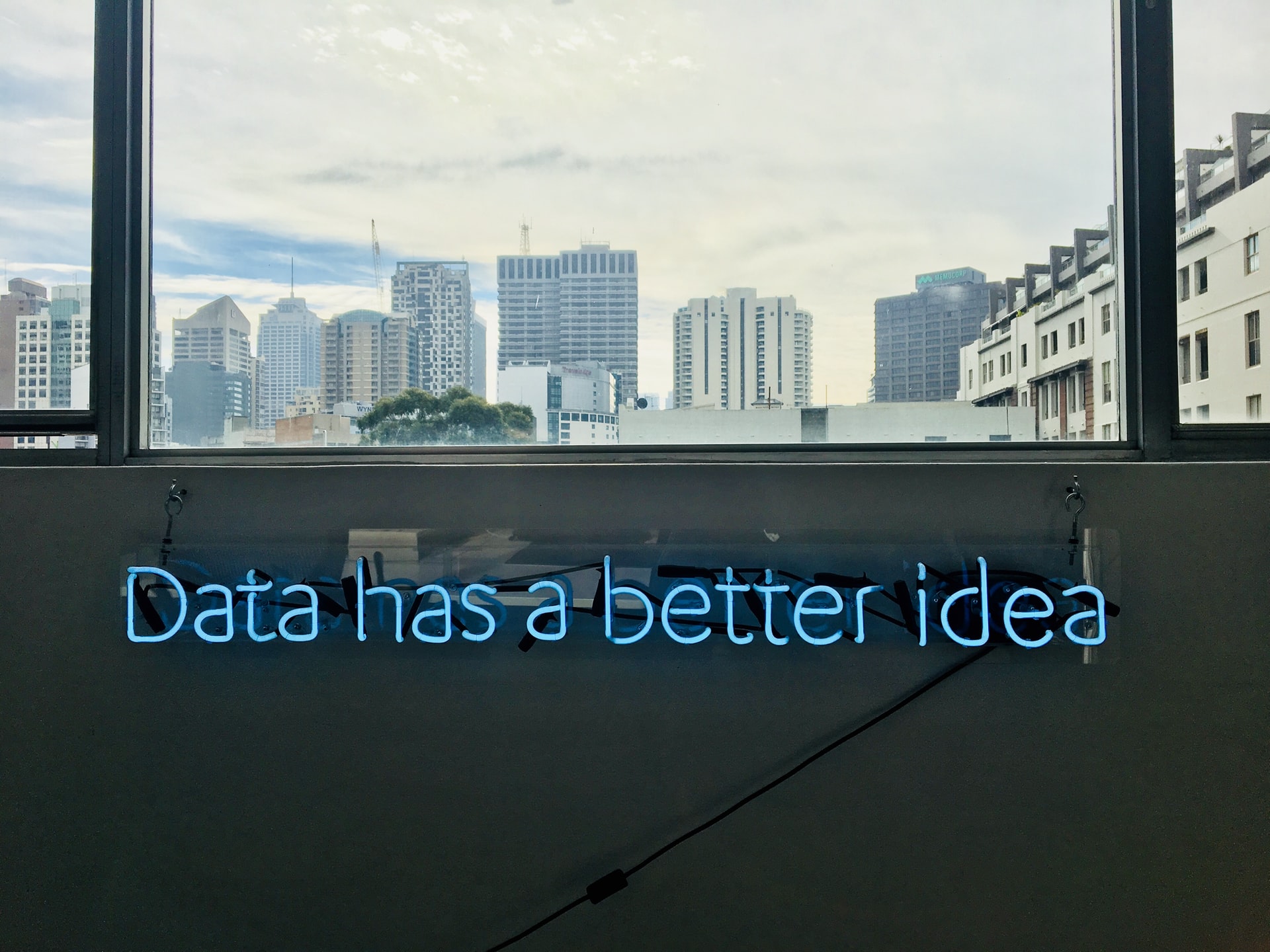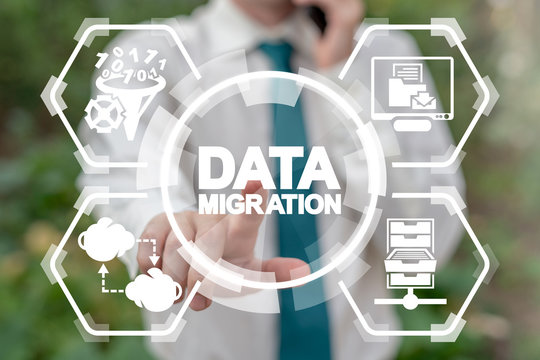Application Integration VS. Data Integration: How Do They Differ?
Handling data is the core activity of both application and data integration. The main goal is the same: make the data usable, accessible and functional for the data users. The processes translate data from several sources and transform it into a new data set.
Although data integration and application get treated as one and the same, it's an incorrect conception and can lead to miscommunication inside the organization and one of the processes can be neglected all at once, when both should be working together towards the goal of making the data set accessible.
(more…)
The Data Transformation Process Explained in Four Steps
Even if data transformation is not the primary process or part of the routine for your company, understanding the key steps involved in the data transformation process is crucial, especially as businesses nowadays are collecting more data than ever before.
As data gets collected, stored and analyzed in several formats and in massive data sets, having the power to perform the basic steps of data transformation from one format and form to the other is common and required for most businesses, as they need to take advantage of this never-ending amount of information.
(more…)
Data Integration: Your Go-to Guide to Know More!
Data sharing and storing by companies became part of the routine, it's something that they do every day, despite the issues that can be found along the way. Most businesses deal with several data management systems, which automatically translates into a variety of data formats that need to co-exist, and to do that, they use data integration to combine the data types and formats into one single location.
Data integration technologies make the job of making all those different data formats co-exist in a single place, commonly called a data warehouse, in which the company will be able to use the data to gather insights, support the decision-making and help to fix any possible issues.
(more…)
Is It Possible To Migrate Your Data With Rapid Deployment Solutions?
When introducing new systems or applications to your company, it's necessary to go through the data migration process, which consists of moving data from one place, format or application to another. Nowadays, data migration is happening a lot when companies move from on-premise datasets to cloud-based storage and systems to gain productivity with better costs.
Cloud-based business software and applications are becoming more popular as companies are making the definitive move to cloud solutions, especially when cloud tools can fix and work on most of the problems that the on-premise tools face constantly and have features that make them different from the on-premise applications.
(more…)
4 Factors To Consider To Get Your Data To Work Accurately
Getting data to work accurately is one of the main priorities most companies have across different industries. Nowadays, inaccurate data means real-world implications that could lead the business to big problems – for example, in finance, inaccurate data can mean violation of regulations and compliance, in healthcare could mean making a mistake when caring for a patient.
So data accuracy is not just something to be considered inside data quality, it's a key characteristic that makes data something reliable to be read, analyzed and used on the most important decision-making inside companies.
(more…)
Why Should You Use Cloud Platform Integration?
The fast-paced environment present in most companies is constantly changing, growing and evolving with new technologies, systems, software and all types of tools that are introduced to the market to digitize and automate in order to create twice the value with half of the time.
One of the most important and probably the biggest developments of the last few years is the possibility of migration to the cloud for most IT applications. An industry analysis by Gartner estimated that over 75% of mid-sized and large organizations will have adopted a multi-cloud or hybrid IT strategy.
(more…)
Prepare Your Enterprise Better For The Future With Data Lineage
As 2022 began, most companies are working on their annual business plan or are working on the first actions to start implementing it. And as data becomes one of the most valuable assets companies can have, it's crucial to also develop a robust action plan for data.
This action plan should be about keeping the data collection, storing, processing and analyzing from all available sources working well and continuously with minimized risks.
This means that, if data is part of the annual plan as the number one fuel for the decisions, data quality should be a priority, in order to achieve only the best results. Decisions on where to place the budget, how efforts should be allocated between projects and which tools the company will invest to deal with their data should be mapped on the data plan.
(more…)
Why You Should Be Mindful of Data Aggregation Risks
Having financial data information online, or all compiled in one single place, can be risky if done without the help of data aggregators – normally companies that are ready to help organize your financial life. Financial data aggregation requires strong data quality, management and reporting, to certify that the data is accurate.
Even the most "basic" financial data aggregation will put all information about the company financial situation in the same place with a single dashboard view, sometimes called a hub or a portal, that will show all the parameters defined by the users and data analysts, like investments, savings, credit balances, bank accounts, credit card account and possible insurances.
(more…)
A Proven Step-By-Step Approach To Data Reconciliation
Data reconciliation is a process that is often severely underestimated by many companies. It is the phase during any data migration in which the data gets verified. This process compares data between two sources, or between a source system and destination, to ensure that the data was transferred or received correctly, and that it remains consistent between them.
(more…)
How Data Lineage Drives Business Value?
Data is becoming one of the most critical parts of almost every business – and in some cases, data is already the most important component for data-driven businesses.
Data has been around for a while, but there's no denying that the past few years have been critical ones. According to an IBM report on data, 90% of the world's data was created in the last 2 years, that's around 2.5 quintillion bytes of data created per day.
(more…)
How To Minimize Data Migration Downtime
Data migration is one of the trickiest processes related to data. During the data migration downtime is a significant consideration due to its impacts on your business, even with when utilizing rapid data conversion services.
(more…)












